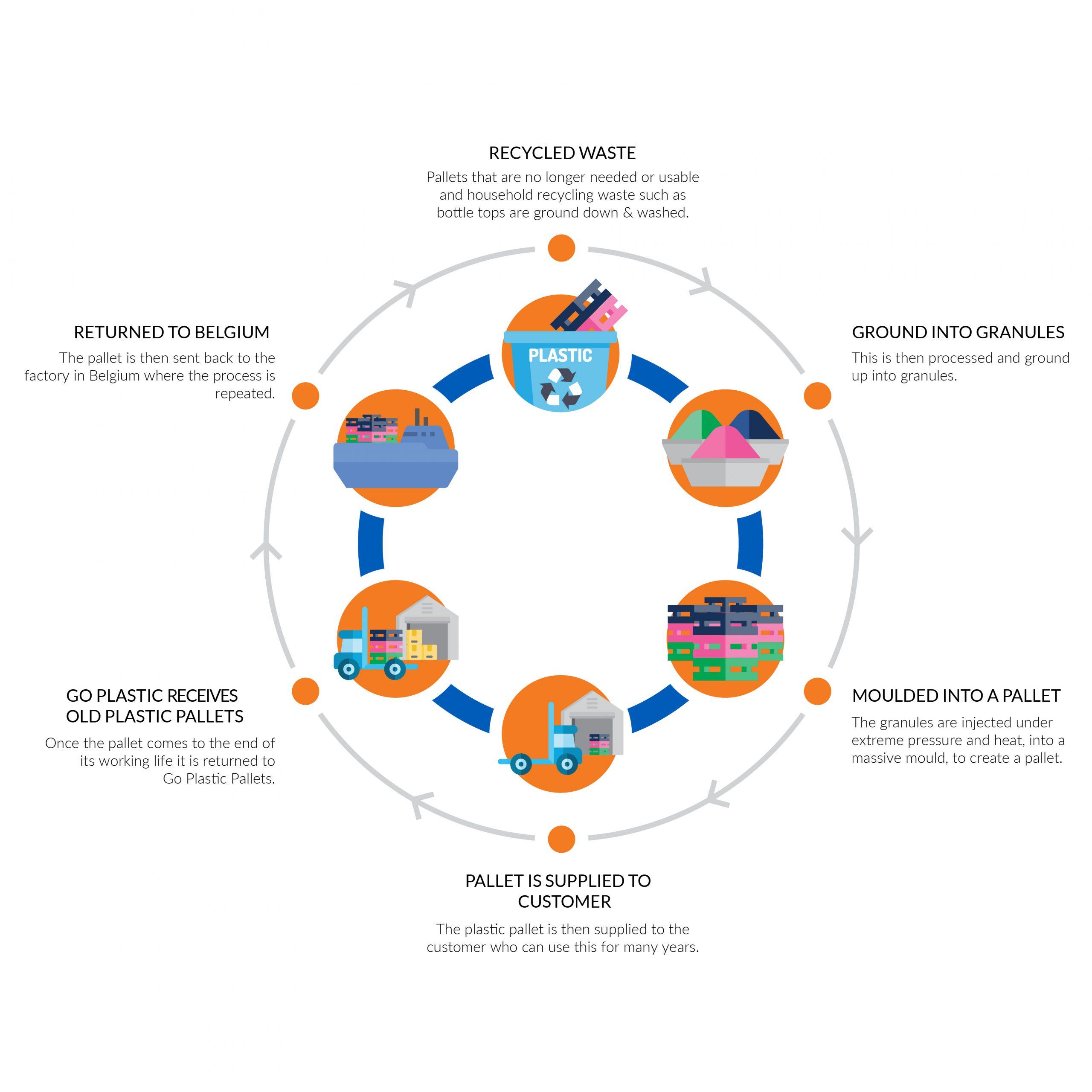Future-Proofing Education: Top Strategies Policymakers Need to know for Lasting Impact
The world is evolving at an unprecedented pace, and the education sector is no exception. As globalization, technology, and changing job markets reshape our society, the need for future-proofing education becomes more urgent than ever.Policymakers face critical decisions that will shape not only the present but also the long-term outcomes for generations of learners. If you’re seeking strategies to create resilient, adaptive, and equitable education systems, you’re in the right place! In this guide, we’ll explore the top strategies for future-proofing education, with actionable insights, practical case studies, and tips that will leave a lasting impact.
Why Future-Proofing Education Matters
Education is a cornerstone of individual growth, economic progress, and social stability. However, traditional approaches are often ill-suited for the demands of tomorrow. Key drivers necessitating future-ready education include:
- Technological Disruption: Automation, AI, and digital transformation are redefining the workplace and skills needed.
- Changing Job Markets: The rise of remote work, gig economy, and shifting industries requires adaptable lifelong learners.
- Equity and Inclusion: Societal progress demands inclusive strategies that empower all learners, nonetheless of background.
- Global Challenges: Climate change, pandemics, and migration highlight the need for critical thinking and global citizenship.
Future-proofing education ensures resilience against uncertainties and maximizes opportunities for every learner.
Top Strategies for Policymakers to Future-Proof Education
1. Foster Lifelong and Flexible Learning Pathways
Encourage policies that enable lifelong learning and create flexible pathways for upskilling,reskilling,and career transitions. Future-ready citizens require more than a once-in-a-lifetime degree. They need continuous opportunities to learn and adapt.
- Incorporate micro-credentials, online courses, and modular education models.
- Facilitate recognition of prior learning and skills,even from non-traditional formats.
- Promote collaboration between formal educational institutions and industry partners.
2. Embrace Technology and Digital Literacy
Advocating for EdTech adoption and promoting digital literacy is pivotal in bridging gaps and unlocking personalized, accessible learning. Policy initiatives should focus on:
- Equipping schools with up-to-date hardware, software, and reliable internet connectivity.
- Providing targeted training for teachers to confidently utilize digital tools.
- integrating adaptive learning platforms that tailor content to individual needs.
- Ensuring cybersecurity and data privacy standards for students and educators.
3. Promote Inclusive and Equitable Education
An education system is only truly future-proof when it serves all students.Educational equity and inclusion should be at the heart of policy-making.
- Allocate resources to disadvantaged regions and marginalized groups.
- Develop curriculum and materials representing diverse identities and experiences.
- invest in assistive technologies for learners with disabilities.
- Encourage community and parental engagement for holistic educational support.
4. Prioritize Skills for the 21st Century
Policymakers must shift focus beyond rote memorization and prioritize 21st-century skills such as critical thinking, creativity, dialogue, and collaboration.
- Introduce project-based, experiential, and problem-solving curricula.
- Encourage interdisciplinary approaches, connecting STEM, arts, and humanities.
- incorporate social-emotional learning to build empathy, resilience, and global awareness.
5. Build Adaptive Education Policies and Resilient Systems
Future-proofing means being prepared for the unexpected. Develop adaptive education policies that can evolve with emerging trends and challenges.
- Establish data-driven decision-making frameworks to monitor progress and outcomes.
- Encourage pilot projects and innovation labs, scaling what works effectively.
- Foster agility in educational governance and funding models.
By investing in adaptive, equitable, and future-focused education strategies, policymakers can secure lasting impact for society.
case Studies: Future-Proofing in Action
Finland: lifelong Learning for All
Finland’s education system is lauded worldwide for its flexible and student-centered approach. The government actively supports lifelong learning through adult education centers and robust vocational pathways. Their open recognition of micro-credentials and continuous teacher progress exemplify future-ready policy.
Singapore: Blending Technology and Soft Skills
Singapore’s “Smart Nation” initiative integrates EdTech adoption at every level of schooling. Policymakers have concurrently invested in 21st-century soft skills and digital literacy, ensuring students are ready for both the digital economy and complex, real-world challenges.
Canada: Inclusive and Indigenous-Focused Curriculum
Canada has taken meaningful steps to embed educational equity by consulting with Indigenous communities and redesigning curricula to reflect diverse realities. Investments in rural internet infrastructure and culturally relevant materials are helping to bridge chance gaps.
Benefits of Future-Proofing Initiatives
Strong, visionary education policies deliver benefits that reverberate over generations:
- Increased national competitiveness in a globalized workforce.
- Reduction in inequality and social exclusion.
- Enhanced adaptability to social, environmental, and economic shocks.
- Lifelong personal growth and improved well-being for all citizens.
Practical Tips for Policymakers: Making an Immediate Difference
- Engage Stakeholders: Involve educators, students, families, and industry partners in policy design and review.
- Pilot and Scale: test new approaches through pilot programs, learn from real-world data, and scale successes nationally.
- Monitor Emerging Trends: Stay informed about technological developments, job market changes, and social dynamics.
- Prioritize Wellness: Promote mental health, work-life balance, and supportive school environments.
- Encourage Cross-Border Collaboration: Share insights and best practices with global education leaders.
Conclusion: Shaping the Future Together
Future-proofing education isn’t just a policy buzzword—it’s a lifeline to a better tomorrow.As technological and societal waves continue to transform our world, bold and adaptive strategies are essential for creating resilient, inclusive, and lasting education systems.Policymakers hold the power to unlock the full potential of every learner, ensuring that today’s investments deliver benefits for decades to come.By embracing innovation, equity, and continuous improvement, we can future-proof education and secure brighter futures for all.

